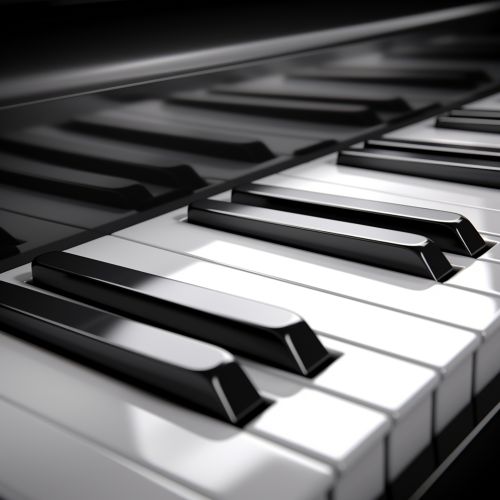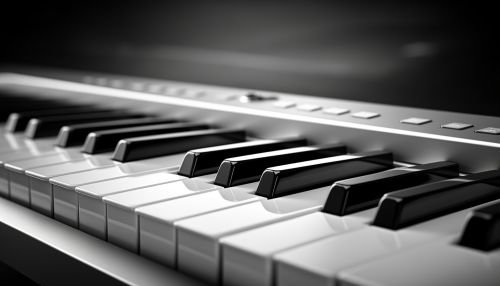Tonal music
Overview
Tonal music is a musical style that utilizes the principles of tonality, the system of music in which specific hierarchical pitch relationships are based on a key "center," or tonic. The majority of Western classical music composed from the 17th to the 19th centuries, as well as most Western pop, folk, and rock music today, is tonal. Tonal music contrasts with atonal music, which lacks a tonal center.


History of Tonal Music
The concept of tonality emerged gradually over the course of several centuries, evolving out of earlier musical practices: from the modal systems of Gregorian chant, through the complex polyphony of the Renaissance, to the triadic harmonies of the Baroque period. The full establishment of tonality as the dominant musical paradigm in Western culture was achieved in the music of the High Baroque, particularly in the works of Johann Sebastian Bach.
Principles of Tonality
Tonal music is characterized by its organization around a central note, the tonic, and the scale that is associated with it. Other notes in the scale, and their associated chords, have specific functions in relation to the tonic. The most important of these are the dominant (the fifth note of the scale) and the subdominant (the fourth note), which create tension that is resolved by returning to the tonic.
Tonal Harmony
In tonal music, harmony is the process by which individual sounds are joined together. A chord is a group of tones sounded simultaneously - for example, the common three-note chord known as a triad. In tonal music, triads are built by stacking two intervals of a third, creating either a major or a minor chord, which has a specific place within the key. The key may change within the piece - this is called modulation, and is often used to introduce tension or contrast in the music.
Tonal Melody
Melody in tonal music is governed by the same principles as harmony. Melodic motion is largely stepwise, with leaps from one note to another being carefully controlled and usually resolved by stepwise motion in the opposite direction. The melody often features a goal note, which is approached by stepwise motion and/or leaps.
Tonal Rhythm and Meter
Rhythm in tonal music is also organized hierarchically. At the most basic level, rhythm organizes the individual notes and rests into patterns of duration. At a higher level, these rhythmic patterns are organized into units called measures or bars, each of which contains a specific number of beats, indicated by the time signature. The first beat of each measure, called the downbeat, is usually emphasized.
Tonal Form
Form in tonal music is the organization of musical elements in time. In a tonal composition, the key serves as the most important structural element, and the organization of the piece around the key is reflected in the form of the piece. Common forms in tonal music include the sonata form, the rondo form, and the theme and variations form.
